Student Action Committee advocates change for education
February 15, 2012
Assemblyman Richard Pan, D-Sacramento, formed a Student Action Committee at Sacramento State so students can meet with his staff to discuss higher education issues.
Topics brought up at the first two meetings included tuition increases, what students can do to help improve their education, students failing to get classes, improving accountability for these issues and more resources going towards education.
“The action committee (is) bringing together groups of students who have similar goals or things they’re working on and creating a forum or space for them to have conversations with each other” Pan said. “Apparently, I guess they haven’t had as much of that before.”
Pan has a district office on the Sac State campus in Modoc Hall to keep the lines of communication open between the state Capitol and the students, faculty, staff and others in the campus community. His is the first assembly district office on a university campus in California’s history.
“For our office (the committee) is a way to try to insure we develop a stronger connection with the students and student body,” Pan said. “We’re certainly happy to also be the table for students to come to exchange ideas, share things and work on things together.”
The Student Action Committee held its first meetings on Feb. 1 and 2 with about 15 students in attendance.
One of the biggest controversial subjects brought up by students was the salary raises of administrators, especially the pay package of $400,000 for San Diego State University’s President Elliot Hirshman – approved by the California State University trustees last year.
“These students are outraged that even with the budget cuts, these administrators are still accepting pay raises,” said senior government international relations major Karen Swain.
The outrage surrounding Hirshman’s pay led the CSU’s trustees to adopt a new policy limiting any president’s pay at $325,000 per year and may only receive 10 percent more than his or her predecessor.
Students also expressed their frustrations about classes being cut and not being able to see advisers because of budget cuts.
“The committee provides an outlet for all the students at Sac State to not only voice their frustrations, but also express the positive things they’ve achieved because of this university,” Swain said. “At Sac State, we students have the numbers, but we now need to take action and show that we care.”
Swain, who is an intern for Pan outside of his district office on campus, also said she thinks the more students who attend the committee meetings, the more likely legislation can be passed to benefit students.
After the committee’s first two meetings, students demonstrated interest in getting more active within the community, said Pan’s Press Secretary Brian O’Hara.
“The committee first started off as the Student Advisory Council, but after its first meeting the students decided to change the name because they wanted to see action,” O’Hara said.
Associated Students Inc. has worked closely with Pan and his office to provide any resources, advertising and facilities for the students and committee.
“We’re trying to get the word out about what students are feeling in regard to these budget cuts and what we can do to tell the community how they’re feeling as well,” said Director of the Office of Governmental Affairs for ASI Sarah Couch.
ASI helps plan, promote and produce political forums bring-ing the voters and the representatives together to debate issues.
“With the $750 million budget cuts, this (committee) makes perfect sense, and it’s great to see that the Assembly member is reaching out to students instead of us having to reach out to him,” Couch said. “If we can change the community and the people and get to that turning point, then we can try to change the perspective of issues on higher education and hopefully get more funding.”
The California State Student Association, University of California Student Association and the Student Senate for California Community Colleges have organized a protest on March 5 in Sacramento that starts on the West Sacramento side of the Tower Bridge and ends on the Capitol steps.
The “March in March” event takes place every year to give people an opportunity to lobby on behalf of higher education reinforcing importance of access, quality and affordability of California State Universities.
“Last year, around 15,000 students participated in the march and we’re hoping for that much or more this year,” Couch said.
To RSVP for Student Action Committee meetings please call Laurie Holtog at 916-452-0505 or email [email protected].
Alyssa Sanguinetti can be reached at [email protected].

































































































































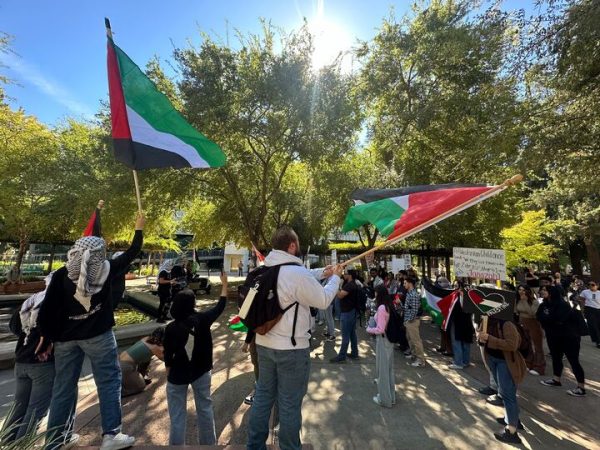

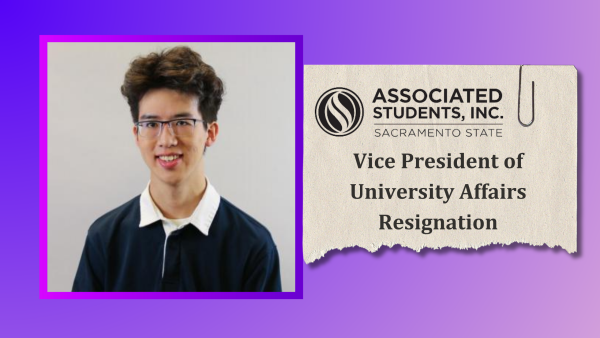

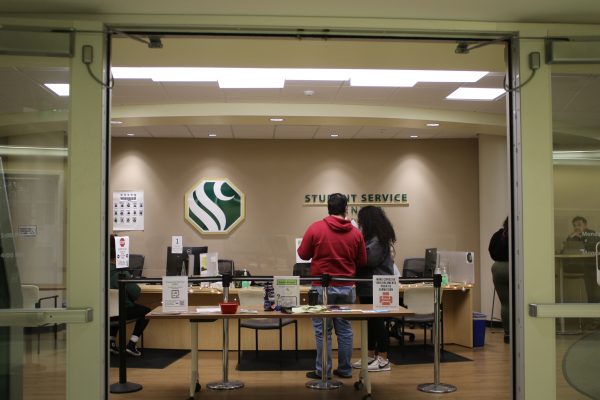

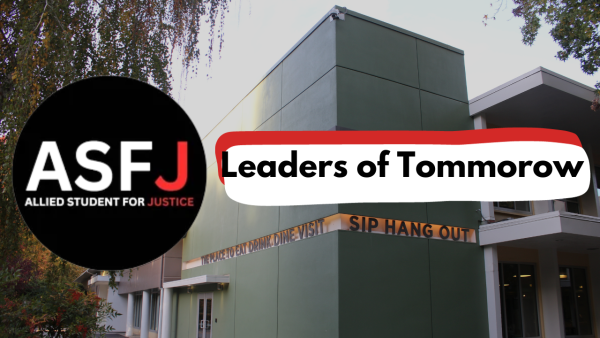
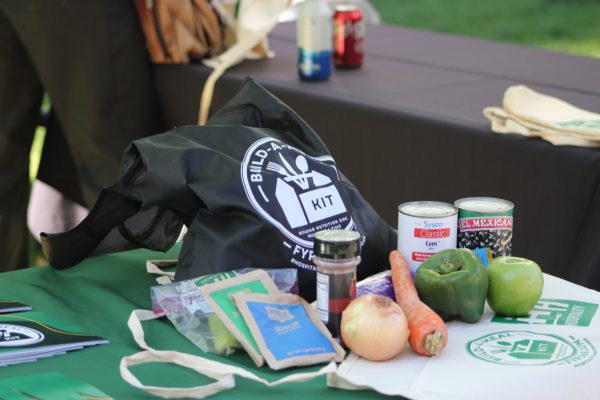

Sunny • Mar 30, 2019 at 4:31 pm
nice article!